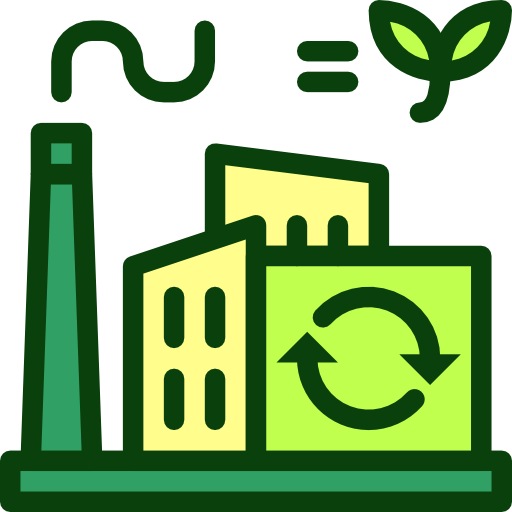Syria - Environment

As far as the environment of Syria is concerned, there have been . As for nvironment - international agreements, we have; .
About the environment of Syria
| Climate | We have mostly desert; hot, dry, sunny summers (June to August) and mild, rainy winters (December to February) along coast; cold weather with snow or sleet periodically in Damascus |
|---|---|
| Revenue from forest resources | |
| Revenue from coal | |
| Waste and recycling | Municipal solid waste generated annually: 4.5 million tons (2024 est.) |
| Total renewable water resources | 16.802 billion cubic meters (2022 est.) |
| Major rivers (by length in km) | |
| Total water withdrawal | |
| Municipal | 1.475 billion cubic meters (2022 est.) |
| Industrial | 615.4 million cubic meters (2022 est.) |
| Agricultural | 14.67 billion cubic meters (2022 est.) |
| Land Use | |
| Agricultural land | 74.1% (2023 est.) |
| Agricultural land: arable land | arable land: 24% (2023 est.) |
| Agricultural land: permanent crops | permanent crops: 5.7% (2023 est.) |
| Agricultural land: permanent pasture | permanent pasture: 44.5% (2023 est.) |
| Forest | 2.9% (2023 est.) |
| Other | 23% (2023 est.) |
| Urbanization | |
| Urban population | 57.4% of total population (2023) |
| Rate of urbanization | 5.38% annual rate of change (2020-25 est.) |
| Major urban areas (Pop) | 2.585 million DAMASCUS (capital), 2.203 million Aleppo, 1.443 million Hims (Homs), 996,000 Hamah (2023). |
All Important Facts about Syria
Want to know more about Syria? Check all different factbooks for Syria below.









